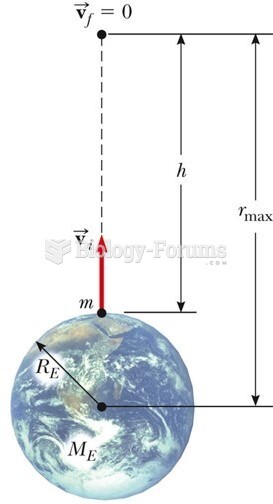This topic contains a solution. Click here to go to the answer
|
|
|
Did you know?
Less than one of every three adults with high LDL cholesterol has the condition under control. Only 48.1% with the condition are being treated for it.
Did you know?
Congestive heart failure is a serious disorder that carries a reduced life expectancy. Heart failure is usually a chronic illness, and it may worsen with infection or other physical stressors.
Did you know?
Cyanide works by making the human body unable to use oxygen.
Did you know?
The familiar sounds of your heart are made by the heart's valves as they open and close.
Did you know?
There are 60,000 miles of blood vessels in every adult human.







